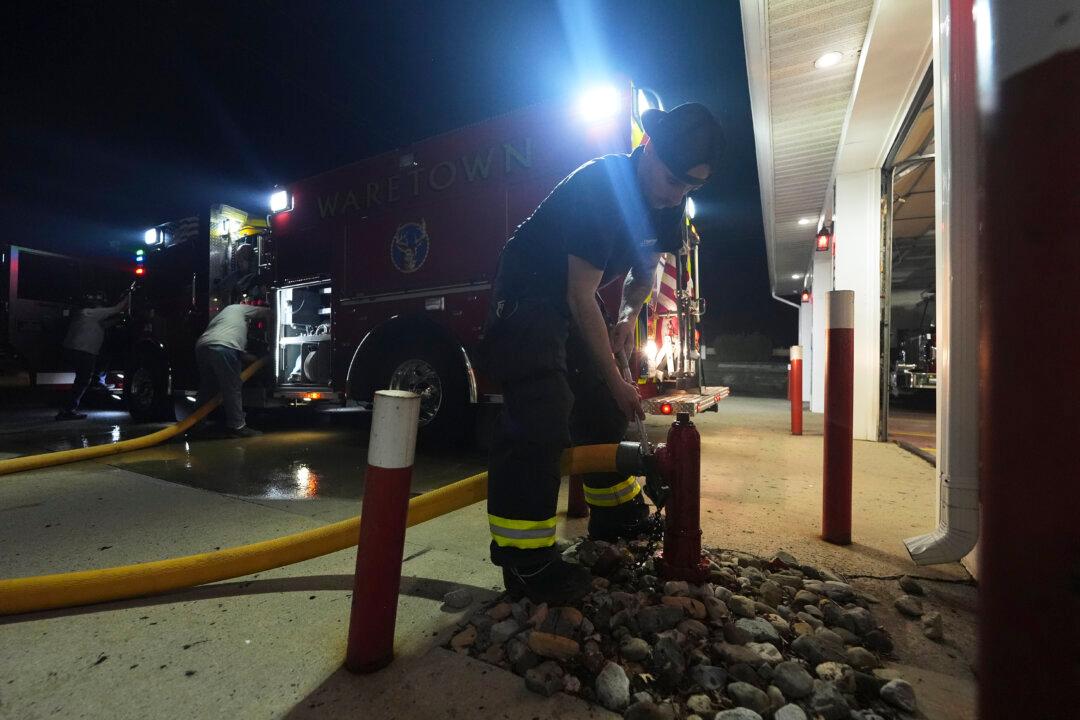Winnipeg residents have voted against reopening the city’s most famous intersection to pedestrians.
The story of Portage and Main began when Henry McKenney purchased a low and swampy parcel of land to build a store in 1862.
It morphed into the corner of commerce for decades but, unlike most other famous corners around the world, it lacks a market square or place for people to gather. In 1976, the city opened an underground concourse and infamous barriers blocking foot traffic were erected a few years later.
Here are five things to know about the intersection:
Music
Portage and Main has inspired multiple musicians but most famously it was featured in the chorus of the 1992 Randy Bachman and Neil Young song “Prairie Town.” The chorus which says “Portage and Main, 50 below” references the two roads meeting in Winnipeg. It’s not the only time musicians have looked to the intersection for inspiration. Stompin’ Tom Connors’ song “Red River Jane” takes place at the corner and Burton Cummings had a CBC−TV special named after the intersection.





